4k Medical Computer
with Ultra High Definition Display
Designed for Surgical & Clinical Review Applications

The CyberMed NB24k and S24k can be used as an advanced diagnostic imaging PC thanks to its UHD 4k display that provides sharp image detail in real-time
- Antimicrobial properties built in to protect the housing
- Powered by Intel 6th, 7th, and 11th Generation Processors
- Global UL/cUL 60601-1 & IEC 60601-1-2 4th Edition Medical Certifications












































